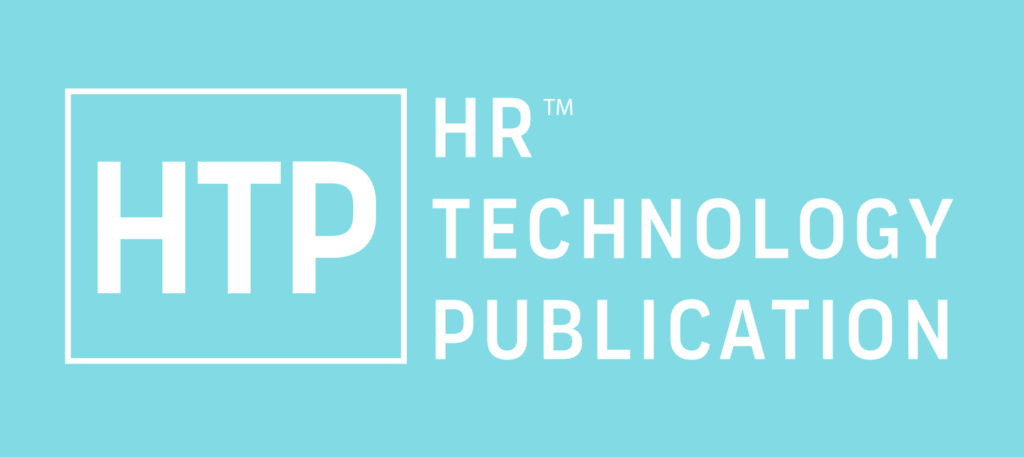One-quarter (25%) of female employees report having no compensation conversations with their supervisors, compared to just 16% of male employees, according to research from XpertHR and Executive Networks. The World Economic Forum has issued a warning, estimating that it will take another 268 years to solve the economic gender pay gap and an additional 136 years to achieve global gender parity, up from a prior prediction of just under 100 years.
The results of a poll conducted by XpertHR and Executive Networks of 1,000 HR professionals, company executives, and employees in the US and UK reveal how gender biases are influencing transparency discussions through the disparities in outcomes between genders. Organizations that want to narrow the expanding pay equity disparities must properly communicate how pay is determined and advertise fair pay ranges to all employees if they are to advance pay equity.
Pay transparency remains lacking
A higher percentage of male employees (76%) than female employees (61%) concur that they have a strong understanding of how salary is established at their firms. Since employees are looking for companies that are advancing toward a more equitable future of pay, this disparity exposes enterprises to unequal pay practices, creating problems with employee attraction and retention.
The main problem for managers in addressing pay transparency, according to half (50%) of managers, is conveying to employees the elements that affect pay. But according to two-thirds (63%) of senior leaders polled, their company currently provides managers with training on how to have pay transparency discussions. This implies that the methods used in training now are probably ineffective. Concerningly, the remaining third (33%) stated that no manager training is provided, which is a glaring indication that open, honest compensation discussions and pay transparency are probably not priorities at these businesses.
Seven out of ten leaders (71%) believed that existing pay transparency procedures are effective, while just 39% of workers agreed, illustrating the mismatch between pay transparency priorities. This gap between workers and the top management breeds mistrust, which affects employee engagement and productivity.
Removing the pay veto
Organizations are likely to make little, if any, progress toward a future with better pay practices if pay secrecy is left unchecked. A business differentiator that helps to recruit and retain employees while fostering inclusive and high-performing cultures is transparent and equitable compensation policies.
“When organizations look inward, equipping managers with the right data insights enables them to host pay discussions with confidence,” says Zara Nanu, CEO of Gapsquare, a division of XpertHR. “The appropriate data insights can also help firms develop a culture where wage talks are no longer just an HR problem but involve the entire workforce in a relaxed and open dialogue.”
“There is no denying that pay transparency is a key objective for high-performing firms,” says Jeanne Meister, EVP of Executive Networks and author. “Making sure your company has the knowledge necessary to address unfair pay practices is a business necessity, not a competitive move.”
“Employees are in the dark about pay structures because pay determinants and salary ranges aren’t adequately and clearly communicated, which exacerbates the gender pay gap. In the future, leaders must bridge the gap between how managers and employees view transparency initiatives and provide a framework that unifies the entire workforce.”
Source: Businesswire



